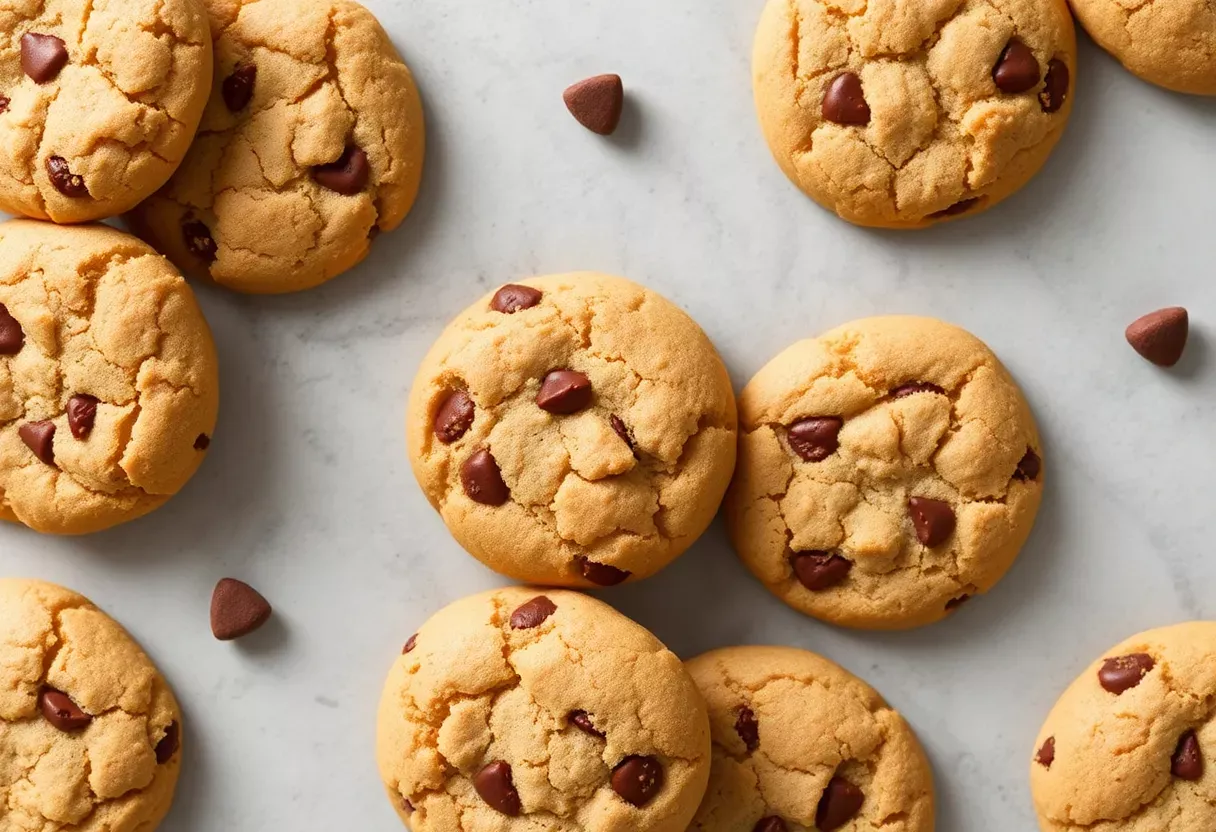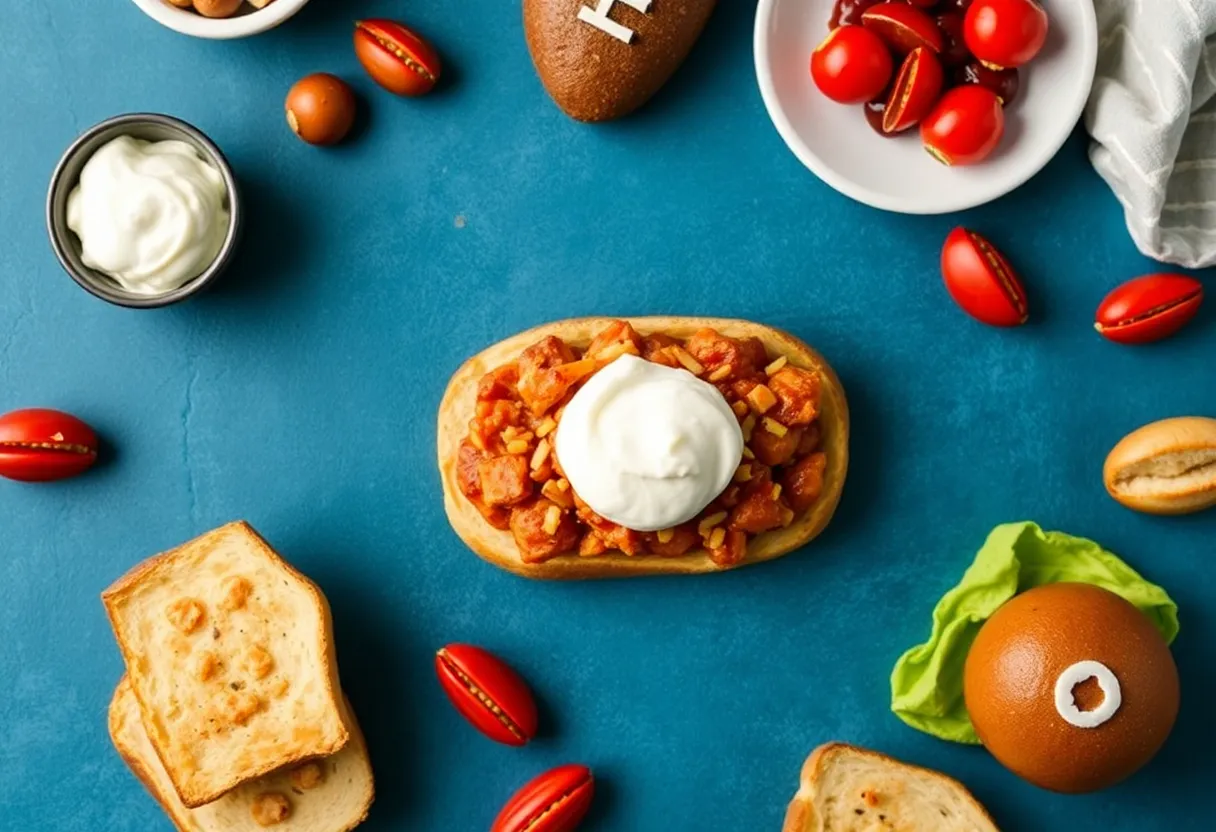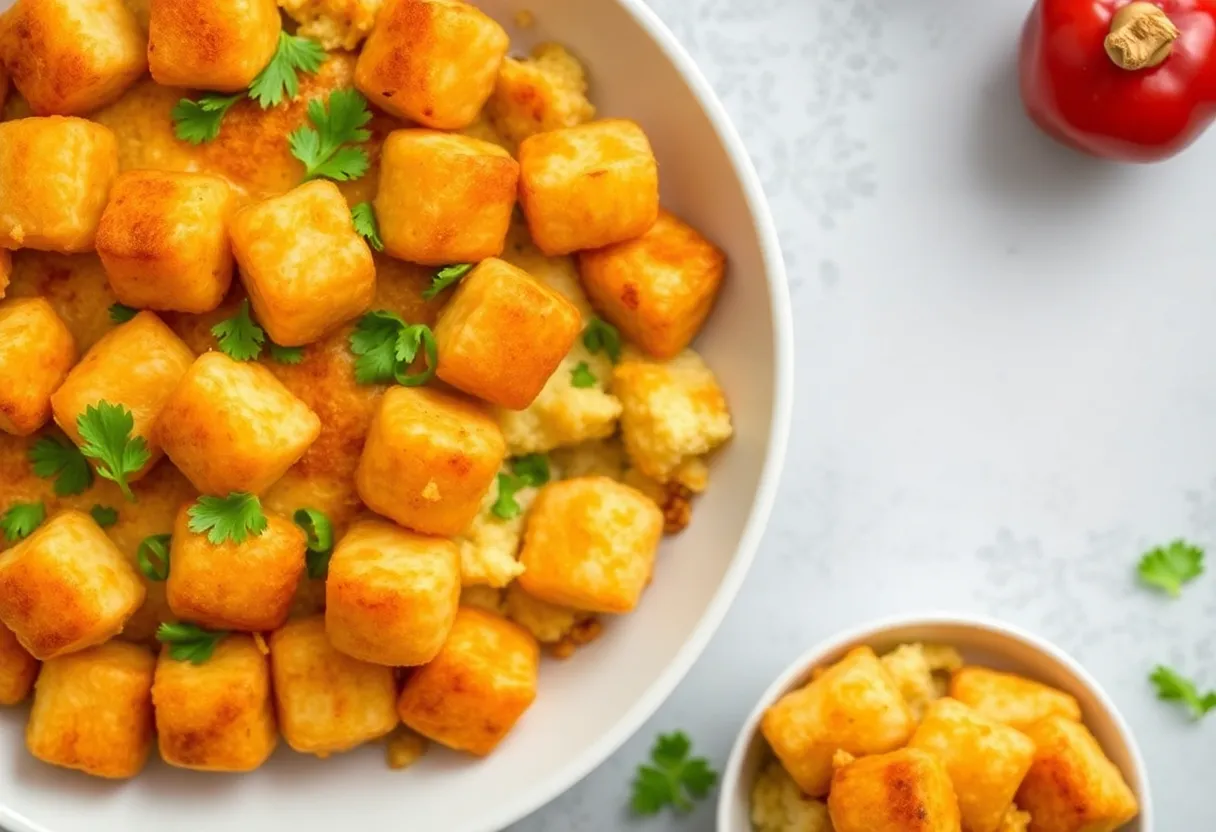Let’s be real—most gluten-free, lactose-free desserts taste like someone ground up a sad rice cake and called it a day. But this cake? It’s moist, fluffy, and actually tastes like dessert.
No weird aftertaste, no “health food” vibes—just a legit good cake that happens to be allergy-friendly. Whether you’re celiac, lactose intolerant, or just trying to eat cleaner, this recipe slaps. And the best part?
You won’t need a PhD in alternative baking to make it. Ready to upgrade your dessert game?
Why This Recipe Works
This cake isn’t just “good for being gluten-free”—it’s objectively delicious. The secret?
A blend of almond flour and tapioca starch gives it the perfect crumb without the gumminess of most GF baked goods. Coconut milk keeps it rich without dairy, and a touch of apple cider vinegar mimics the tang of buttermilk. Plus, it’s versatile: eat it plain, frost it, or add chocolate chips.
Your call.
Ingredients You’ll Need
- 2 cups almond flour (not almond meal—big difference)
- 1/2 cup tapioca starch (aka tapioca flour, same thing)
- 1/2 cup coconut sugar (or sub regular sugar if you’re not fancy)
- 1 tsp baking powder (check that it’s gluten-free if needed)
- 1/2 tsp baking soda
- 1/4 tsp salt
- 3 eggs (room temp, unless you enjoy lumpy batter)
- 1/2 cup coconut milk (the canned, full-fat kind)
- 1/4 cup coconut oil (melted, but not hot)
- 1 tsp apple cider vinegar (trust the process)
- 1 tsp vanilla extract (the good stuff, not imitation)
How to Make It: Step-by-Step
- Preheat your oven to 350°F (175°C) and grease an 8-inch round cake pan. Pro tip: Line the bottom with parchment paper for easy removal.
- Whisk dry ingredients—almond flour, tapioca starch, coconut sugar, baking powder, baking soda, and salt—in a large bowl. No lumps allowed.
- Mix wet ingredients—eggs, coconut milk, melted coconut oil, vinegar, and vanilla—in another bowl.
Beat until smooth.
- Combine wet and dry ingredients. Stir gently until just mixed. Overmixing = dense cake, and nobody wants that.
- Pour batter into the pan and smooth the top.
Bake for 25–30 minutes, or until a toothpick comes out clean.
- Cool for 10 minutes in the pan, then transfer to a wire rack. Frost or devour as-is.
How to Store This Masterpiece
Room temp for 2 days (covered), fridge for 5 days (in an airtight container), or freeze for 3 months. If freezing, slice it first so you can thaw individual pieces.
Microwaving for 10 seconds brings back that fresh-baked magic.
Why This Cake is a Win
Beyond being gluten-free and lactose-free, this cake is packed with protein from almond flour and eggs. It’s lower in refined sugar than traditional cakes, and the healthy fats from coconut keep you full. Plus, it’s nutty, slightly sweet, and works for breakfast (don’t judge).
Common Mistakes to Avoid
- Using almond meal instead of almond flour.
Meal is coarser and will make your cake gritty.
- Overmixing the batter. Gluten-free flours need gentle handling.
- Skimping on the vinegar. It’s not for flavor—it reacts with the baking soda for lift.
- Baking in a cold oven.
Preheat properly, or your cake will be uneven.
Swaps and Substitutions
No coconut milk? Use almond milk (but add 1 tbsp extra coconut oil for fat). No tapioca starch? Arrowroot powder works.
Vegan? Swap eggs for flax eggs (3 tbsp water + 1 tbsp ground flaxseed per egg). Sugar-free?
Try monk fruit sweetener, but adjust quantities—it’s sweeter than sugar.
FAQs
Can I make this into cupcakes?
Absolutely. Fill liners 2/3 full and bake for 18–20 minutes. Frost with dairy-free whipped cream if you’re feeling extra.
Why did my cake sink in the middle?
Underbaking or opening the oven too early.
Gluten-free cakes are divas—they need patience.
Can I use butter instead of coconut oil?
If lactose isn’t an issue, sure. But then it’s not lactose-free, is it? wink
Is this keto-friendly?
Almost. Swap the coconut sugar for erythritol, and you’re golden.
My batter was super thick—is that normal?
Yep.
Almond flour absorbs moisture differently. If it’s paste-like, you’re on track.
Final Thoughts
This cake proves that “free-from” doesn’t mean “free-from flavor.” It’s simple, foolproof, and tastes like dessert should—no apologies needed. Whether you’re baking for allergies or just curiosity, this recipe deserves a spot in your rotation.
Now go forth and eat cake without guilt (or gluten).






